F1 Data Analysis & Technology: How Data is Transforming Race Performance
#1 Introduction to F1 Data Analysis & Technology
In the high-stakes world of Formula 1 (F1) racing, technology and data analysis stand at the forefront of innovation, driving the sport into a new era of competitive excellence. The integration of advanced data analytics and cutting-edge technology has revolutionized the landscape of race performance, offering teams unprecedented insights into every aspect of their operations.
From telemetry to real-time data acquisition and machine learning, the role of data in F1 cannot be overstated. Explore how Catapult’s solutions, including Racewatch and the Circuit Manager, are integral to this transformation.
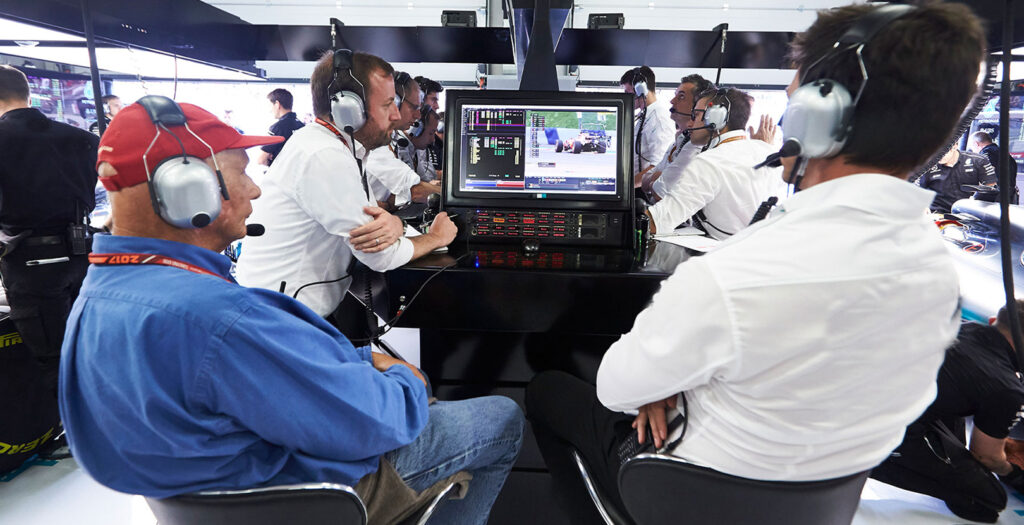
F1 Tech & Data Analysis Article Contents:
- Introduction to F1 Data Analysis & Tech
- Role of Data in Formula 1 Racing
- F1 Telemetry & Real-Time Data Acquisition
- Performance Optimization
- Future Trends in F1 Data & Technology
#2 The Role of Data in Formula 1 Racing
The Power of Data in F1
In the adrenaline-fueled world of Formula 1, data analysis has become the backbone of strategic decision-making, reshaping the sport’s landscape from the ground up. The meticulous analysis of data gathered during testing, qualifying, and racing is crucial for gaining a competitive edge.
This shift towards a data-centric approach in F1 underscores the sport’s evolution into a highly technical and precise discipline.

Fundamental Roles of Data in Formula 1
Data in Formula 1 serves multiple fundamental roles, each contributing to the nuanced strategy and execution of race day operations. Key among these roles are:
– Performance Optimization Every aspect of the car, from tyre pressure to aerodynamics, is continuously monitored and analyzed. Data collected from sensors across the vehicle provide insights into how various settings and adjustments impact overall performance. Teams can identify the optimal car setup for different tracks and conditions, ensuring the vehicle is perfectly tuned for maximum efficiency.
– Predictive Analytics for Strategy: Beyond immediate performance adjustments, data analysis enables teams to predict how a race will unfold. This includes forecasting tyre degradation, fuel consumption, and even the likelihood of safety cars. By simulating different scenarios, teams can devise flexible strategies that adapt to any race situation.
– Driver Analysis: Data isn’t just about the car; it’s also about understanding the driver’s performance. Telemetry data can reveal a driver’s braking patterns, acceleration, and cornering technique, allowing teams to offer targeted feedback to improve lap times.
Leveraging Data for Competitive Edge
Formula 1 teams leverage data to gain a competitive edge in several innovative ways:
– Real-Time Decision Making: During a race, teams analyze real-time data to make instant decisions that could mean the difference between winning and losing. This includes calling for pit stops at the optimal moment or adjusting race strategy in response to competitors’ moves or changes in weather conditions.
– Enhanced Reliability: Data analysis helps teams predict potential failures before they happen, allowing for preventative measures that enhance the reliability of the car throughout the race season.
– Customized Training Programs: Teams use data to tailor training programs for their drivers, focusing on areas of improvement identified through data analysis. This personalized approach ensures that drivers are physically and mentally prepared to handle the rigors of racing at the highest level.
The integration of Catapult’s RaceWatch software exemplifies the transformational impact of data in motorsports. RaceWatch has been instrumental in many motorsport teams’ strategies, aiding in its historic success by providing a comprehensive view of the car’s performance and race dynamics.
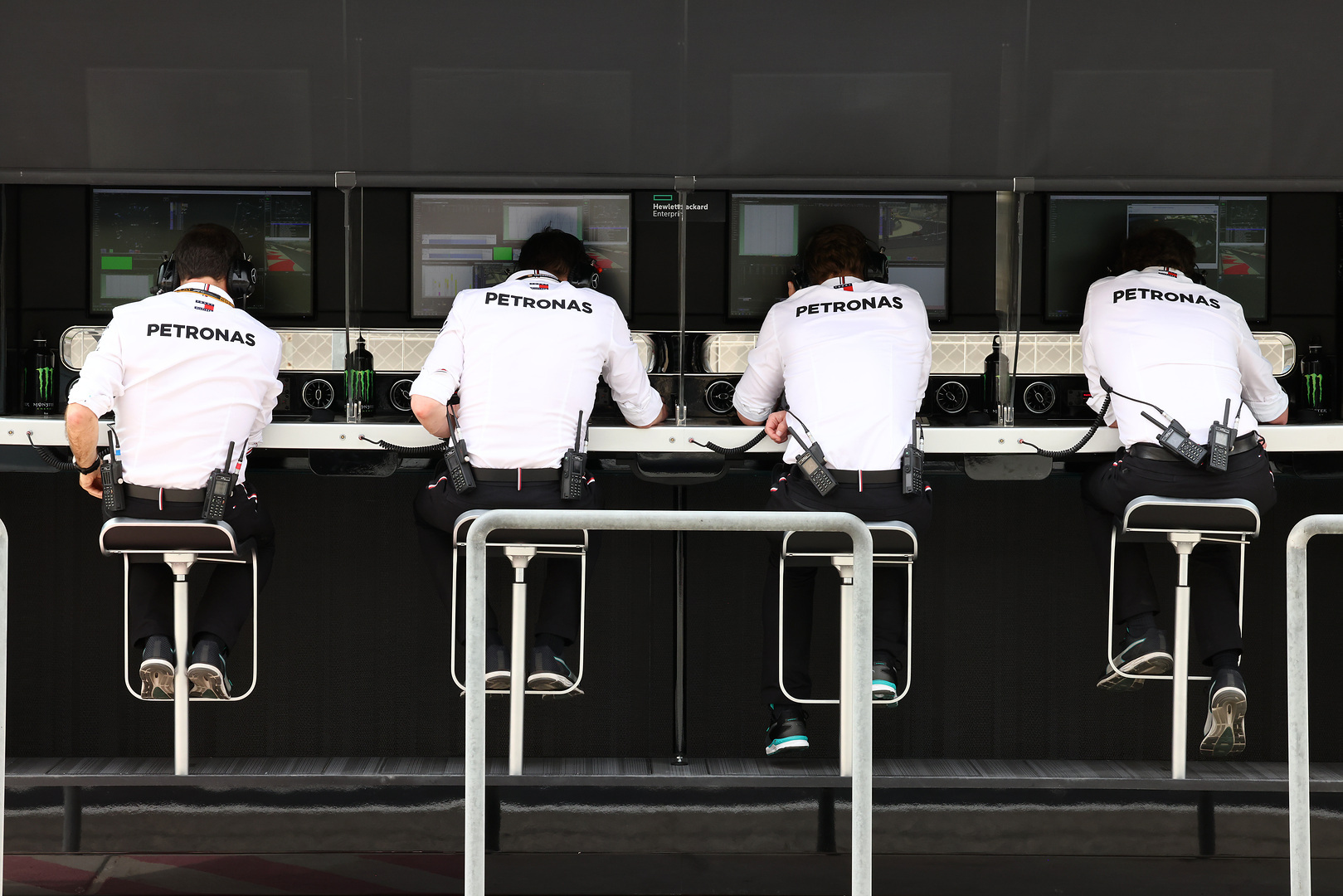
The power of data in Formula 1 is a testament to the sport’s continuous innovation and search for excellence. As technology advances, the role of data will only grow, further enhancing the precision and excitement of Formula 1 racing. By leveraging detailed analytics, teams not only push the boundaries of what’s technically possible but also redefine the strategies that lead to victory on the track.
#3 F1 Telemetry Data and Real-Time Data Acquisition
What is Telemetry in Race Analysis?
F1 Telemetry refers to the sophisticated system of wireless data transmission from the race car to the team’s engineers in real time. This technology captures and sends an extensive array of data points, including vehicle speed, tire pressure, engine performance, fuel consumption, and more, during a race. The use of F1 Telemetry Data provides teams with crucial insights into how the car is performing and responding to various conditions on the track.
The primary purpose of telemetry is to provide a comprehensive live snapshot of the car’s performance and mechanical health, allowing teams to monitor the car as it navigates the circuit. This continuous stream of data is essential for understanding how the car interacts with the track, identifying areas for immediate adjustment, and fine-tuning performance during the race.
The RaceWatch suite of sophisticated data analysis, visualization, video, and strategy systems is in constant use by race organizers and teams throughout the season, both at the track and in team factories worldwide. These systems leverage F1 Telemetry Data to gain an unparalleled understanding of a car’s dynamics in real time.
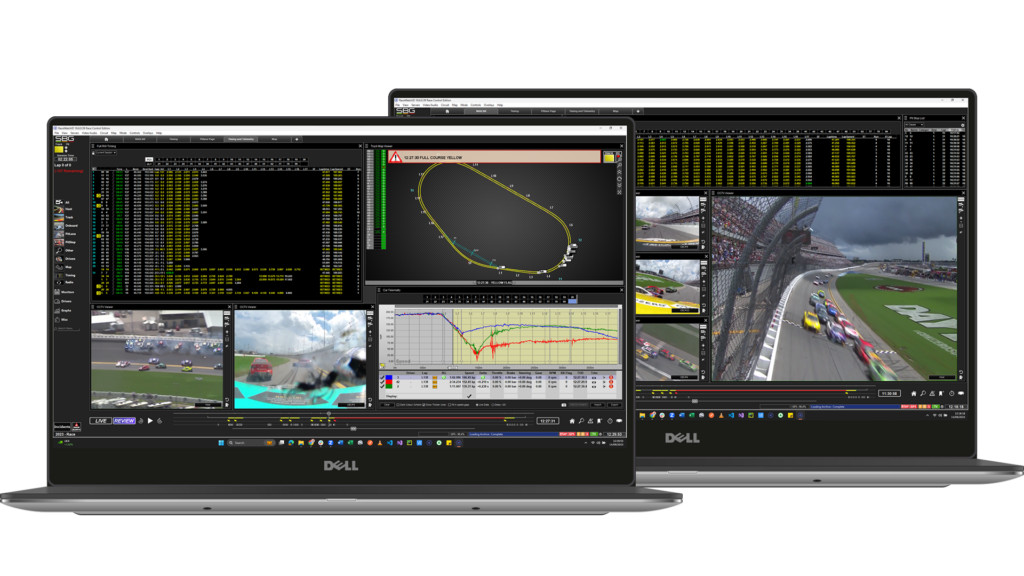
Instant Insights: Telemetry Data in Action
Real-Time Data Acquisition During Races
F1 Telemetry Data is indispensable during races, enabling real-time insights into the car’s performance. This critical flow of information includes metrics like tire pressure, engine temperatures, and brake conditions, allowing teams to assess vehicle performance instantaneously and make informed decisions about pit stops, tire changes, or technical adjustments. These split-second decisions, informed by F1 Telemetry, can dramatically impact the race outcome.
Analyzing Data for Strategic Decisions
The strategic use of F1 Telemetry Data is a cornerstone of modern race strategy. By analyzing this wealth of real-time information, teams can dynamically adapt their tactics to counteract competitors’ moves, manage tire and fuel consumption more effectively, and even predict and mitigate potential mechanical failures before they become race-ending issues.
For instance, telemetry data related to tire performance helps dictate the ideal moment for a pit stop, significantly influencing race positioning. Furthermore, understanding fuel consumption through telemetry allows teams to optimize fuel loads, enhancing the car’s efficiency while maintaining speed.
F1 Telemetry Data also contributes to long-term performance optimization, highlighting areas for improvement in both the car’s setup and the driver’s approach to various track segments. This ongoing analysis ensures that teams continually refine their strategies and setups, staying competitive across the season.
In essence, the integration of F1 Telemetry and real-time data acquisition offers Formula 1 teams the instant insights they need to navigate the complexities of race strategy. This technology underscores the importance of data-driven decision-making in achieving success on the track.
#4 FORMULA 1 Performance Optimization
Data-Driven Decision Making
In the high-octane world of Formula 1, data analysis and technology play pivotal roles in optimizing team performance. The meticulous gathering and examination of data enable teams to refine every aspect of their race strategy, from aerodynamics and engine settings to the precise timing of pit stops and fuel management.
Enhancing Performance Through Data-Driven Adjustments
One prime example of data-driven performance optimization is the strategic planning of pit stops. Teams analyze data related to tyre wear, fuel consumption, and the relative positions of competitors to determine the optimal timing for pit stops.
This strategy was effectively employed by Mercedes in the 2019 British Grand Prix, where Lewis Hamilton’s perfectly timed pit stop during a safety car period led him to victory, showcasing the crucial role of data in strategic decision-making.
Moreover, data analysis facilitates real-time adjustments to car settings. For instance, teams can adjust the car’s aerodynamic configuration for different segments of the track to balance between speed and tyre conservation, based on data collected during practice sessions and the early laps of the race.
Minimizing Pit Stop Times Through Data
Data-driven decision-making extends to the pit stop itself, where every millisecond counts. Teams use data to streamline pit stop choreography, practising and refining each movement to shave off precious time. Red Bull Racing set a record for the fastest Formula 1 pit stop at the 2019 Brazilian Grand Prix, changing four tyres in just 1.82 seconds.
This feat was achieved through relentless practice and analysis of each step of the pit stop process, demonstrating the impact of data-driven improvements on race outcomes.
Data’s role in Formula 1 transcends mere performance metrics, touching on strategy, efficiency, and the continuous quest for perfection. By leveraging detailed analytics, teams not only optimize the performance of their cars but also equip their drivers with the insights needed to make split-second decisions that can define the outcome of a race.
This symbiosis of man, machine, and data is what propels Formula 1 teams to new heights, ensuring that the sport remains at the cutting edge of technological innovation.
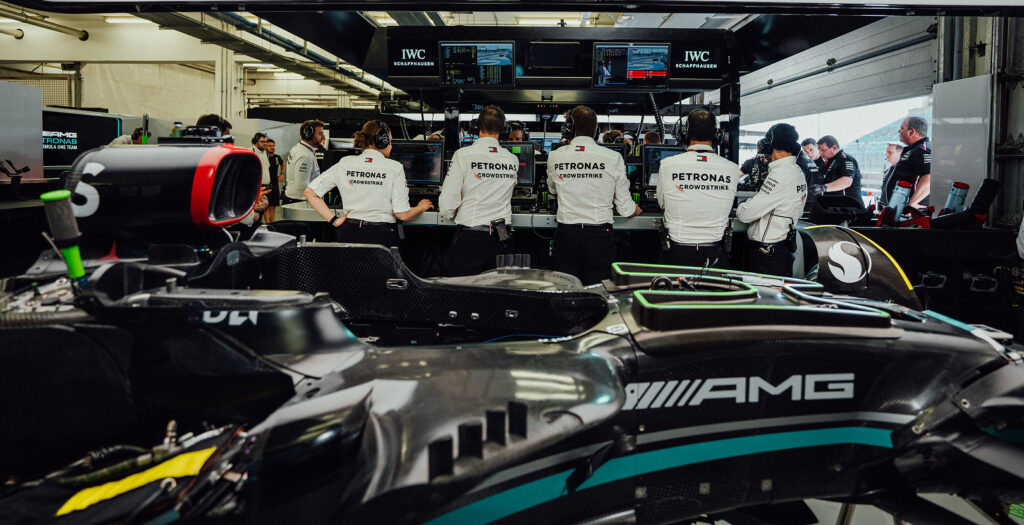
Revolutionizing F1 with Predictive Analytics
The integration of machine learning into Formula 1 has transformed the sport’s approach to data analysis, strategy, and car development. This technology enables teams to process vast datasets, extracting patterns and predictions that were previously beyond reach.
How Machine Learning is Used in F1?
Machine learning platforms analyze historical and real-time data to forecast various race scenarios, such as tyre degradation rates, fuel consumption, and the optimal timing for pit stops. For example, machine learning algorithms can predict how tyres will perform based on weather conditions, track surfaces, and driving styles, allowing teams to choose the most strategic tyre compounds and pit stop windows.
Moreover, machine learning aids in the aerodynamic development of cars. By simulating millions of airflow scenarios, teams can identify the most efficient aerodynamic configurations without the time and cost associated with traditional wind tunnel testing. This not only accelerates the development cycle but also leads to innovations that push the boundaries of car performance.
Benefits of Machine Learning in F1:
- Predictive Performance Modeling: Machine learning provides teams with a predictive understanding of car performance under a variety of conditions, enabling more accurate race strategy planning.
- Enhanced Race Strategy: By anticipating the outcome of different strategies, teams can make informed decisions that optimize race performance and adapt to changes during the race.
- Accelerated Development: Machine learning significantly speeds up the R&D process, from aerodynamics to engine efficiency, by analyzing potential improvements more quickly and accurately.
- Improved Reliability: Predictive maintenance models can forecast potential failures before they occur, reducing the likelihood of race-day issues and improving overall reliability.
The adoption of machine learning technology in Formula 1 showcases the sport’s commitment to leveraging cutting-edge technologies to enhance performance. As machine learning algorithms become more sophisticated, their ability to impact race strategy, car development, and even driver performance continues to grow, marking a new era of data-driven competition in F1.
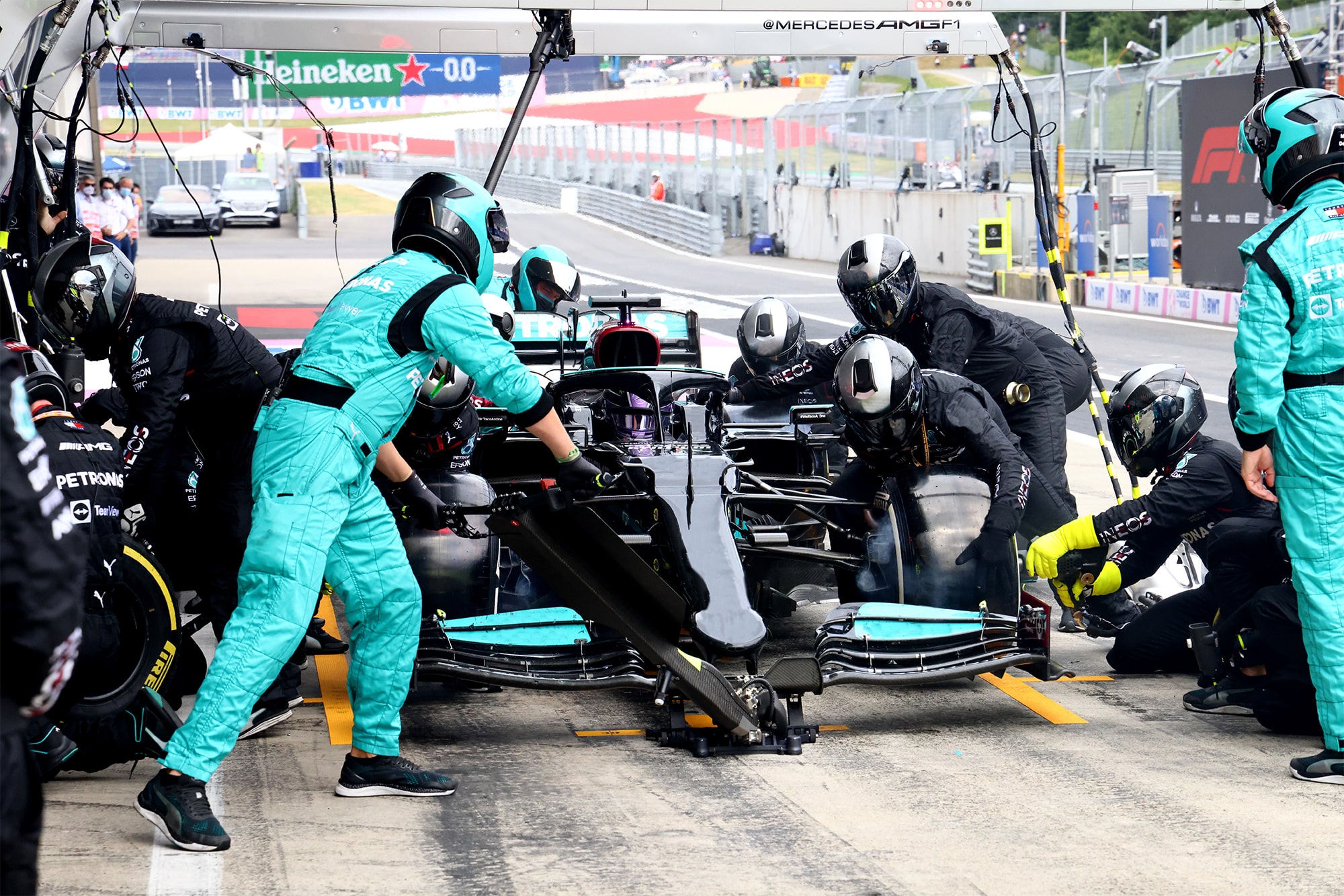
#5 Future Trends in F1 Technology and Data Analysis
As Formula 1 looks toward the future, the integration of Big Data and Data Analytics, and other cutting-edge technologies like AI and IoT promises to elevate the sport to new heights. These innovations are reshaping everything from race strategies to fan experiences, with F1 telemetry data at the heart of this transformation. The latest season of “Formula 1: Drive to Survive” highlights the exciting developments powered by these advanced tools, with Catapult’s expertise playing a pivotal role in this data-driven evolution.
Pioneering Trends and Technologies
The future of F1 is being driven by several key trends that leverage Big Data and Data Analytics:
- Advanced AI and Machine Learning: Building on current applications, AI and machine learning are expected to delve even deeper into performance optimization. With the vast amounts of Big Data in F1 collected, these technologies will help teams predict race outcomes with unparalleled accuracy, dynamically customize car setups for specific tracks, and refine race strategies in real time.
- Internet of Things (IoT) Devices: The proliferation of IoT devices in F1 cars and on circuits will generate even more granular data, expanding on the existing F1 telemetry capabilities. This data will allow teams to monitor every nuance of a car’s performance, including detailed insights into engine output, tire wear, and aerodynamic efficiency, all in real time.
- Augmented and Virtual Reality: AR and VR technologies are set to enhance both driver training and fan engagement. Simulated environments will allow drivers to sharpen their skills, while immersive race broadcasts and behind-the-scenes access through VR will bring fans closer to the action than ever before.
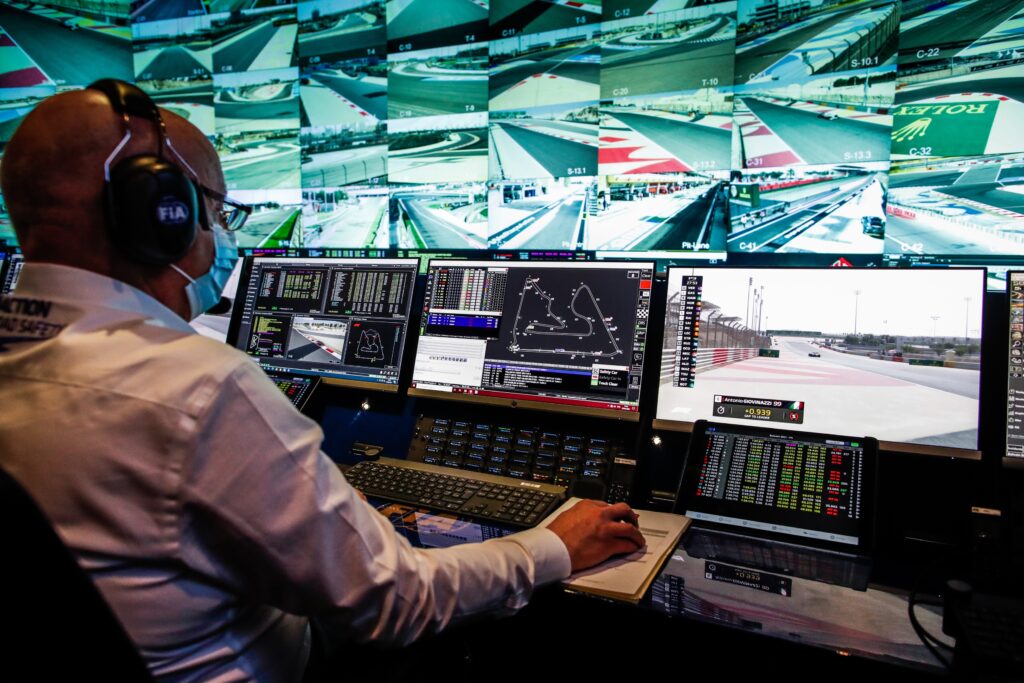
Shaping the Future of Racing
The integration of Big Data and Data Analytics will transform Formula 1 across multiple dimensions:
- Performance and Strategy: The ability to analyze vast datasets in real time will allow teams to make precise, data-driven decisions during races. With F1 Data Analytics, strategies will evolve on a lap-by-lap basis, factoring in everything from tire degradation to fuel consumption. Teams will be able to run predictive models using Big Data, simulating various race outcomes and refining pit stop strategies with greater accuracy than ever before.
- Car Development: Future technologies, combined with F1 Big Data, will revolutionize car development. Teams will be able to simulate car design changes using virtual prototypes before testing them on the track, accelerating the innovation process and ensuring the car’s performance is finely tuned for every race condition.
- Fan Engagement: The use of F1 Data Analytics will extend beyond the track, providing fans with deeper insights into the race as it unfolds. Augmented reality apps could offer real-time data overlays during broadcasts, while virtual reality experiences could allow fans to experience races from the driver’s perspective, adding a new dimension to the viewing experience.
Catapult’s Role in F1’s Data-Driven Future
Our recent webinar titled, ‘Pitwall to the sideline: How Formula 1 teams optimize race strategy and analysis’ explores the role of Big Data and Data Analytics in F1 in shaping race strategy and performance analysis. By harnessing these technologies, Catapult helps teams push the boundaries of what’s possible in Formula 1, using data to unlock new levels of precision and performance.
As these trends evolve, they promise to enhance every facet of Formula 1, ensuring the sport remains at the forefront of technological innovation and continues to captivate fans around the globe.
Conclusion
The transformative impact of technology and data analysis in Formula 1 racing is undeniable. As the sport continues to evolve, the reliance on data-driven insights and technological innovation becomes increasingly central to gaining a competitive advantage.
Catapult’s contributions to motorsports, particularly through our Motorsports page, underline our commitment to advancing the performance of teams and athletes with our race analysis software solutions. In the quest for racing excellence, data is not just an asset; it’s the lifeblood of modern Formula 1.